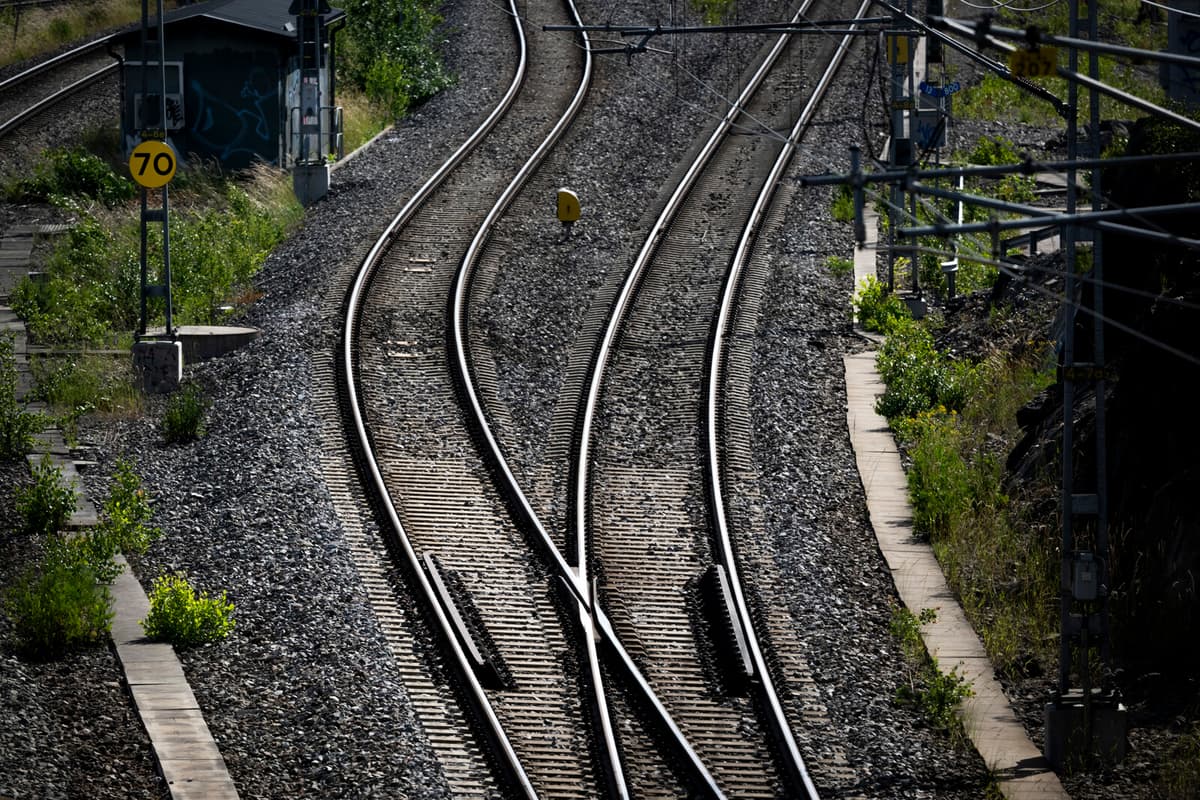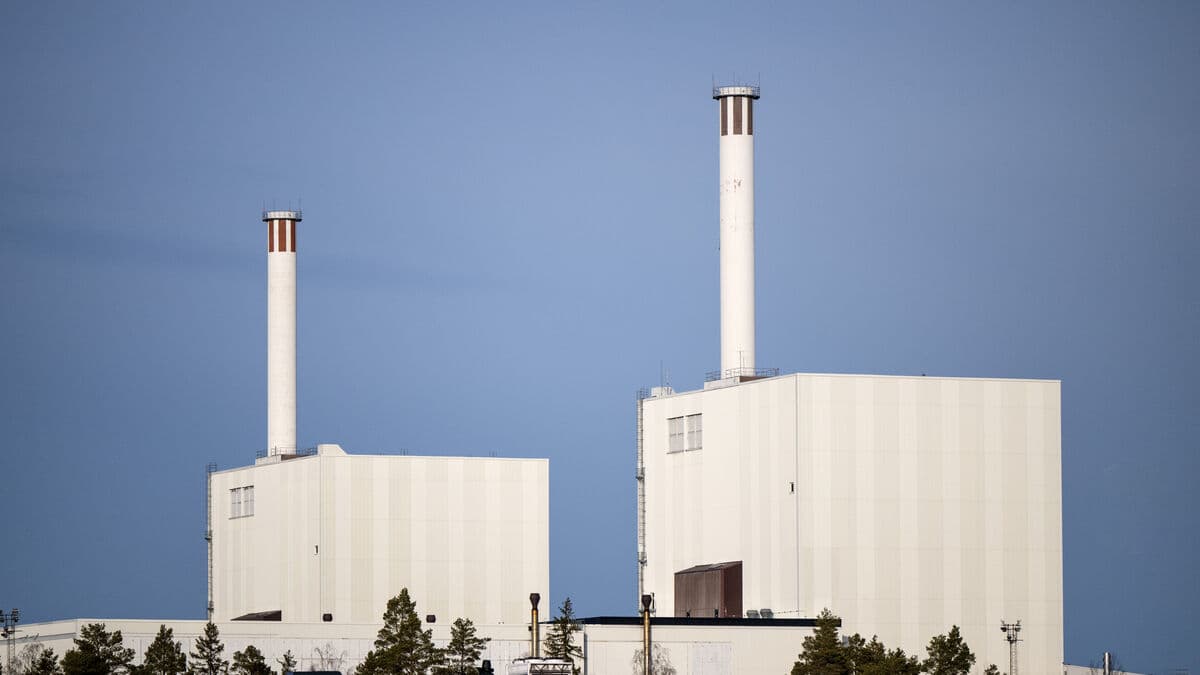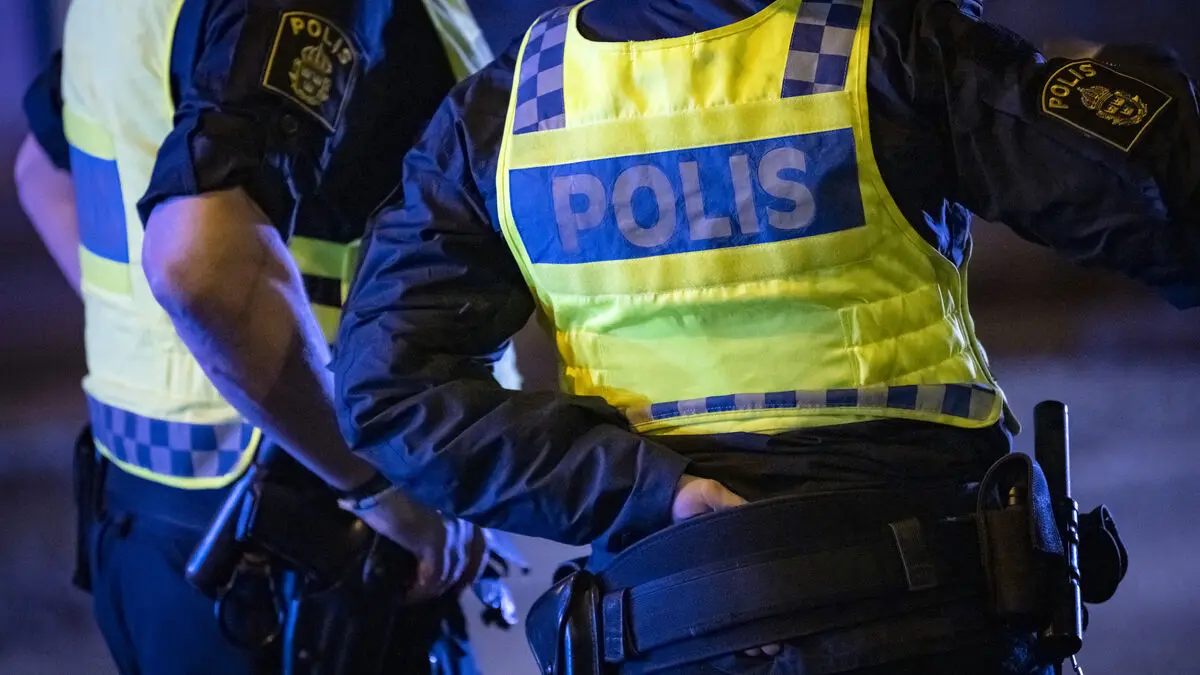In the middle of last week's heatwave, hundreds of train passengers were stranded in Gällivare for 22 hours. The reason was sun kinks that had been observed further ahead on the tracks. Train traffic had to be completely stopped between Kiruna and Luleå until the fault was rectified.
During the period from May 1 to July 22, 25 sun kinks have occurred that have led to delays, according to the Swedish Transport Administration.
Sun kinks mean an extension of the railway rail when the metal expands due to the heat. One rail bends - a bit like spaghetti. It's a serious fault that can lead to derailment in the worst case.
It's hard to completely prevent, says Felicia Danielsson, press communicator at the Swedish Transport Administration.
40 minus
In Sweden, the rail must be adapted to withstand both 40 degrees minus and 55 degrees plus, which can occur in scorching sun.
That's why it's not as common with sun kinks in southern Europe. It doesn't get as cold as in Sweden and it's a bit more even temperature than what we have on this side of the globe.
That it has been so hot for so long in Norrbotten is not usual, emphasizes Danielsson. There, the tracks are rather built to withstand colder temperatures.
In 2018, there was a year with extreme heat and drought. The year stands out in the statistics, with 198 reported sun kinks. Both 2023 and 2024, the corresponding figure was 30 sun kinks. In a report from 2024, the Swedish Transport Administration notes that even if the average temperature has been higher in the years after 2018, one has not seen an increase in the number of sun kinks - which suggests that the preventive work "has been successful".
Older railway
How vulnerable are the railways to sun kinks today?
It's different in different places how sensitive it is. We have a lot of railway that is older and not upgraded for a long time. Now, a major upgrade is underway in many places, so it's an ongoing work. But it takes some time.
At the same time, the trains also run at reduced speed on certain days and certain sections during the summer, to reduce the pressure on the rail. But Felicia Danielsson doesn't think you should get used to the trains going at lower speeds or that there will be stops during the summer.
With climate change, there will be more extreme weather, such as heatwaves. What consideration is taken to that?
Climate adaptation is something we work with, both on roads and railways.





